Public radio station KPCC teamed with Intersections this week to present “Touring South LA’s Manchester Square,” an audio slideshow by Skylar Endsley Myers about the neighborhood where she grew up. Myers created the project as part of Reporter Corps South LA, our program that trains young adults to cover their South LA communities using multimedia journalism. KPCC will broadcast and publish online more Reporter Corps “neighborhood tours” over the coming months.
Check out the piece on KPCC’s Take Two page. And thanks, Curbed L.A., for the shout-out.
__________________________________________________________









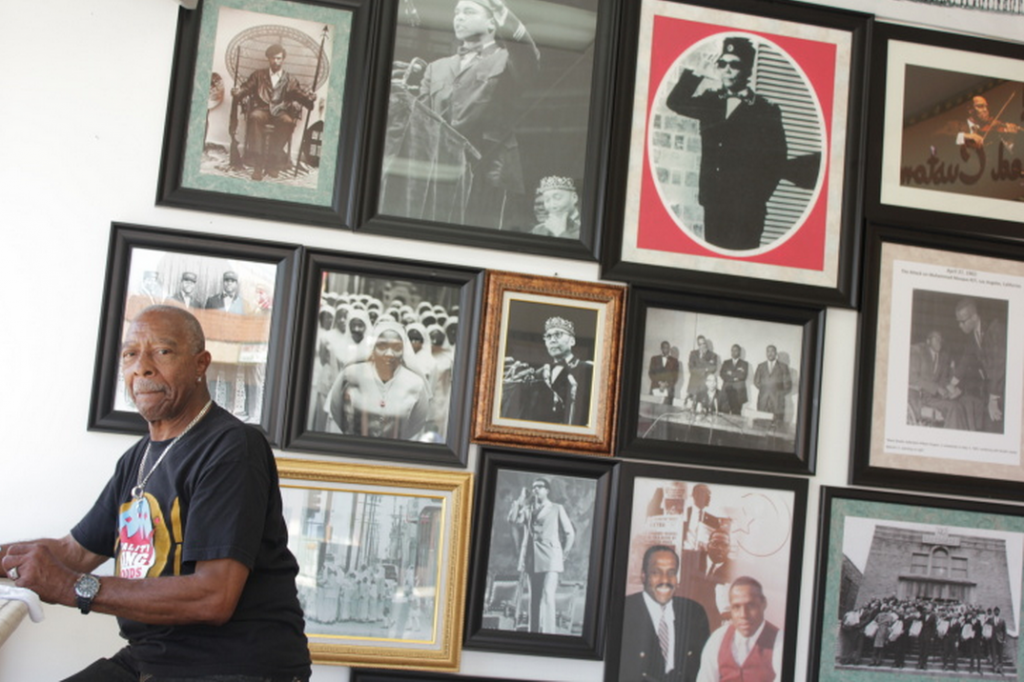
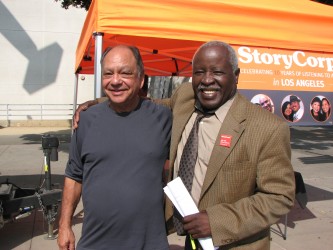
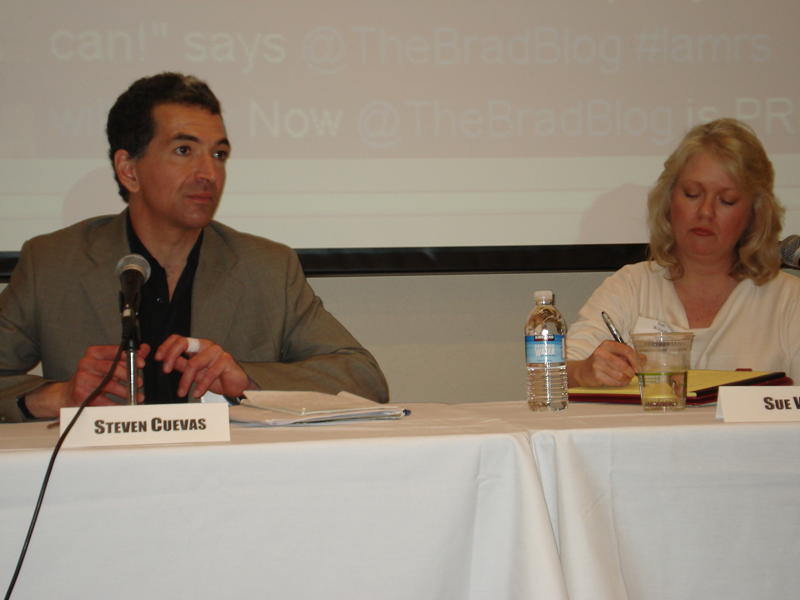 This was followed by a panel discussion with Steven Cuevas, reporter for KPCC; Brad Parker, activist, author and blogger for The Huffington Post; and Sue Wilson, director of the award-winning documentary, Broadcast Blues. Ian Masters, host of Background Briefing and The Daily Briefing on KPFK moderates. KPCC’s Steven Cuevas expressed a deep concern about the affect the Internet will have on the ability of trained journalists to do real reporting. He remarked that newsrooms have been hard hit in recent years, both by the switch in reading habits online and by our economic collapse. He sees public radio station news operations affected as well, though he thinks KPCC’s will rebound when the economy recovers.
This was followed by a panel discussion with Steven Cuevas, reporter for KPCC; Brad Parker, activist, author and blogger for The Huffington Post; and Sue Wilson, director of the award-winning documentary, Broadcast Blues. Ian Masters, host of Background Briefing and The Daily Briefing on KPFK moderates. KPCC’s Steven Cuevas expressed a deep concern about the affect the Internet will have on the ability of trained journalists to do real reporting. He remarked that newsrooms have been hard hit in recent years, both by the switch in reading habits online and by our economic collapse. He sees public radio station news operations affected as well, though he thinks KPCC’s will rebound when the economy recovers. On a clear morning, Esthela Jimenez brought her family to the park.
On a clear morning, Esthela Jimenez brought her family to the park. 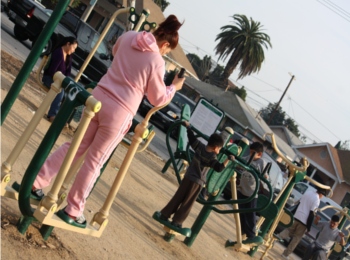 From their inception, these zones have made a splash in the community.
From their inception, these zones have made a splash in the community.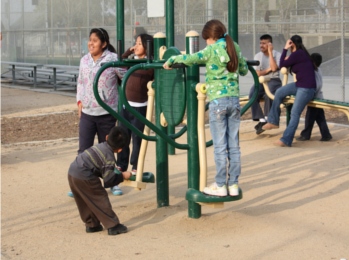 One of the effects to which Goran referred is a decrease in the obesity rates in the area.
One of the effects to which Goran referred is a decrease in the obesity rates in the area.




